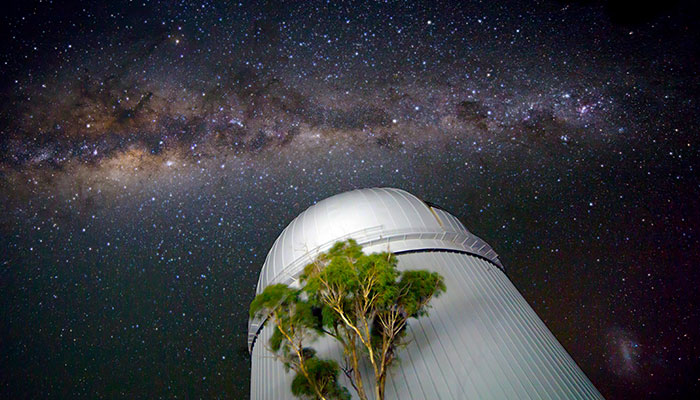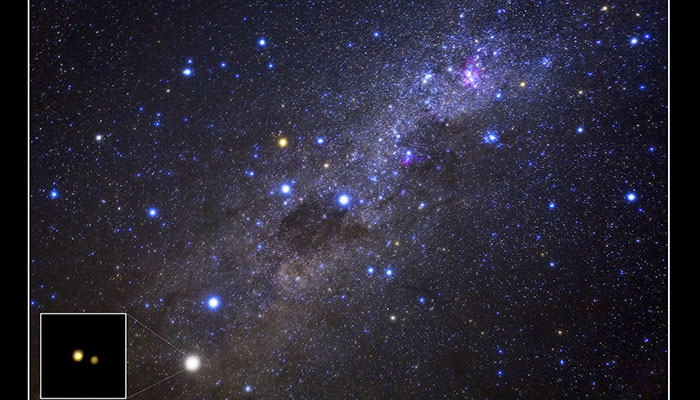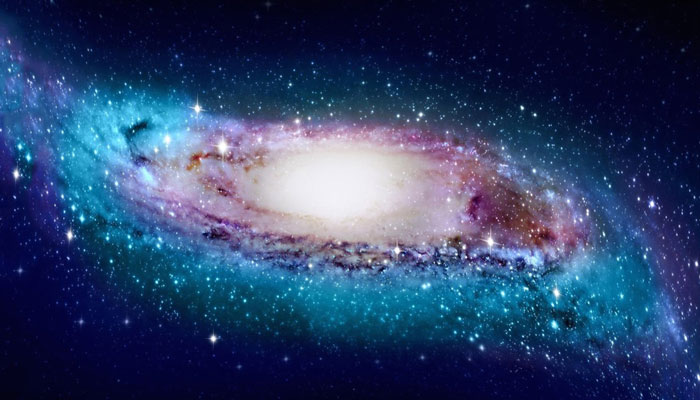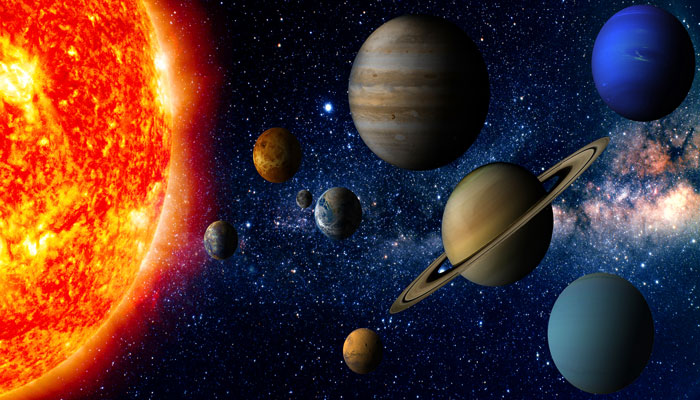It’s all about the angle. If Earth wasn’t tilted on its axis at an angle of 23.5 degrees, we wouldn’t be able to observe the winter solstice – the shortest day of the year – which in Australia fell yesterday on June 21.

Sky show: The Anglo-Australian Telescope near Coonabarabran, showing the Emu in the Sky (the Milky Way), the Southern Cross, Carina Nebula, Large Magellanic Cloud, Jupiter, and Saturn. Image credit: Ángel R. López-Sánchez (Australian Astronomical Optics, Macquarie University.
The summer and winter solstices (together with their spring and autumn counterparts, the equinoxes), mark the change of the seasons, no matter what the calendar says.
The solstices are one of the regular, predictable events that form the foundations of astronomy – and astronomical instrument building. Stonehenge, for example, is tied to both the summer and winter solstices, as is the Temple of Kukulcan step pyramid at Chichen Itza, along with a host of others.
The interest and respect for the solstices is well-deserved. If not for the tilt of the planet that causes this astronomical phenomenon, life on Earth – if it existed at all – would be very different.
How different? There would be no seasons. Places near the equator would be warmer than the areas near the poles, but they would all stay at around the same temperature every day. That seems dull but manageable. Living in a perpetual spring or autumn, we’d lose a lot of traditions and mythology based around seasonal change, up to and including Santa Claus.
Except that it’s not that simple.
Video: Time-lapse video shot at Siding Spring Observatory (Coonabarabran, NSW). It shows the Milky Way setting and rising, the telescopes moving chasing different targets, the Magellanic Clouds revolving near the South Celestial Pole, stars travelling across the sky as the Earth rotates, the Moon illuminating the observatory, and ends with sunset. Credit: Ángel R. López-Sánchez (Australian Astronomical Optics, Macquarie University) Music: Epic Cinematric Trailer, by Alex Che.
If there was no tilt, and no change of seasons, the Arctic and Antarctic would get some sun every day. The extremes of cold at the poles would not exist, and higher latitudes would also very possibly be warmer. Without the long dark winter, they might not develop the deep-frozen coldness needed to support the ice caps and glaciers that are an integral part of our current climate.
There would probably be less observable difference around the tropics, at least as far as climate and temperature goes. But just about everything on Earth is interconnected, and the differing temperatures between the tropics and the southern and northern latitudes are largely responsible for weather patterns and ocean currents. If those different temperatures stayed the same all the time, Earth’s climate would most likely be greatly changed.
Ocean currents affect the temperature by moving hot or cold water from one location to another. Probably the best-known ocean current, the Gulf Stream, for example, moves warm air from the Gulf of Mexico along the eastern coast of the USA, and eventually to the UK.
- World-first study at sea reveals COVID's silent menace
- Tips to soothe pet parents battling separation anxiety
As the warm water travels north, it warms the water and air around it. And that affects the prevailing winds. These are the winds that blow in one direction more often than from other directions. They bring air from one type of climate to another. For example, warm winds that travel over water tend to collect moisture as they travel. The water vapour in the air will condense as it moves into colder climates, falling as rain. Without a tilt, some areas would be constantly wet, others constantly dry, and some in the ‘just right’ zone.

Starry nights: The Southern Cross, with the Pointers, Alpha and Beta Centauri, and the Carina Nebula. Image by: Ángel R. López-Sánchez (Australian Astronomical Optics, Macquarie University.
Different plants would mean different plant-eating animals, and even different predators. There would be no need for bears to hibernate in winter, no need for breeding seasons, no need for migration. We would probably not recognise the animals on this Earth.
Assuming we were there to see them. There is no guarantee human beings would have emerged on this constant-temperature Earth. That makes the winter solstice, the sign we’re still at the correct angle, something worth celebrating.Senior lecturer Dr Angel Rafael Lopez Sanchez is a Macquarie University/Australian Astronomical Optics astronomer and astrophysicist.



